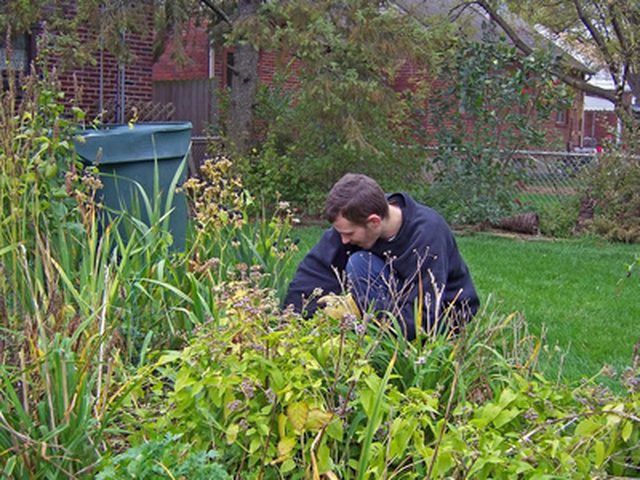Bulbs
Flower Basics
Flower Beds & Specialty Gardens
Flower Garden
Garden Furniture
Garden Gnomes
Garden Seeds
Garden Sheds
Garden Statues
Garden Tools & Supplies
Gardening Basics
Green & Organic
Groundcovers & Vines
Growing Annuals
Growing Basil
Growing Beans
Growing Berries
Growing Blueberries
Growing Cactus
Growing Corn
Growing Cotton
Growing Edibles
Growing Flowers
Growing Garlic
Growing Grapes
Growing Grass
Growing Herbs
Growing Jasmine
Growing Mint
Growing Mushrooms
Orchids
Growing Peanuts
Growing Perennials
Growing Plants
Growing Rosemary
Growing Roses
Growing Strawberries
Growing Sunflowers
Growing Thyme
Growing Tomatoes
Growing Tulips
Growing Vegetables
Herb Basics
Herb Garden
Indoor Growing
Landscaping Basics
Landscaping Patios
Landscaping Plants
Landscaping Shrubs
Landscaping Trees
Landscaping Walks & Pathways
Lawn Basics
Lawn Maintenance
Lawn Mowers
Lawn Ornaments
Lawn Planting
Lawn Tools
Outdoor Growing
Overall Landscape Planning
Pests, Weeds & Problems
Plant Basics
Rock Garden
Rose Garden
Shrubs
Soil
Specialty Gardens
Trees
Vegetable Garden
Yard Maintenance
How to Get Rid of Chickweed in Your Yard
How to Get Rid of Chickweed in Your Yard. Chickweed is an invasive, quick-growing weed that grows in gardens, lawns and other agriculture areas. There are two species of chickweed: common chickweed and mouseear chickweed. Each year, one chickweed plant can produce 800 seeds, which means it can quickly take over your yard once it starts growing. In...

Chickweed is an invasive, quick-growing weed that grows in gardens, lawns and other agriculture areas. There are two species of chickweed: common chickweed and mouseear chickweed. Each year, one chickweed plant can produce 800 seeds, which means it can quickly take over your yard once it starts growing. In addition to its invasive nature, chickweed can also carry plant viruses and other harmful garden pests. It is very hard to control because it adapts quickly to most environments and reproduces quickly.
Things You'll Need
Hoe
Shovel
Herbicide
Post-emergent glyphosate herbicide
Mulch (or some other coverage medium)
Pre-emergent herbicide
Identify the areas in your yard or garden where chickweed is growing. Chickweed normally grows in a dense mat and is rarely taller than 2 inches. It may not appear as dense if it is in a garden or under a shaded area. Stems have small hairs on one side and bright green, smooth leaves. Chickweed produces small white flowers that bloom almost the entire year, except during the middle of winter.
Pull out any chickweed you see growing in your lawn or garden. It is best to pull it out before it blooms, but this is fairly difficult because it germinates and blooms quickly. Chickweed has shallow roots and is quite easy to pull out with your hand or with a garden hoe. Take care to remove the entire weed from the area, because chickweed can reproduce through the root and not just the seed.
Use a glyphosate-based post-emergent herbicide (weed killer) on the area if the chickweed covers a large area or if you are unsure if you pulled all the weeds. Spray the herbicide directly onto the weeds, taking care to avoid contact with other plants. Avoid using an herbicide if possible because it will kill other crops or plants it comes in contact with.
Aerate the affected area with a hoe or shovel to reduce germination. The less depth the seed has, the less likely it is to sprout.
Lay wood chips or some other type of mulch if chickweed is a problem in large areas. Cover the area to a depth of at least 2 inches. This will reduce germination by eliminating light and blocking the weeds from growing.
Use a pre-emergent herbicide during the spring. This will keep any new seeds from sprouting.
Monitor your yard and garden after treatment so you can get rid of any new chickweed as soon as it sprouts.
Tips & Warnings
Consider other uses for the chickweed you pull or if you can't get rid of the weed. It has a mild flavor, and some people have used it in place of lettuce on sandwiches or in a salad.